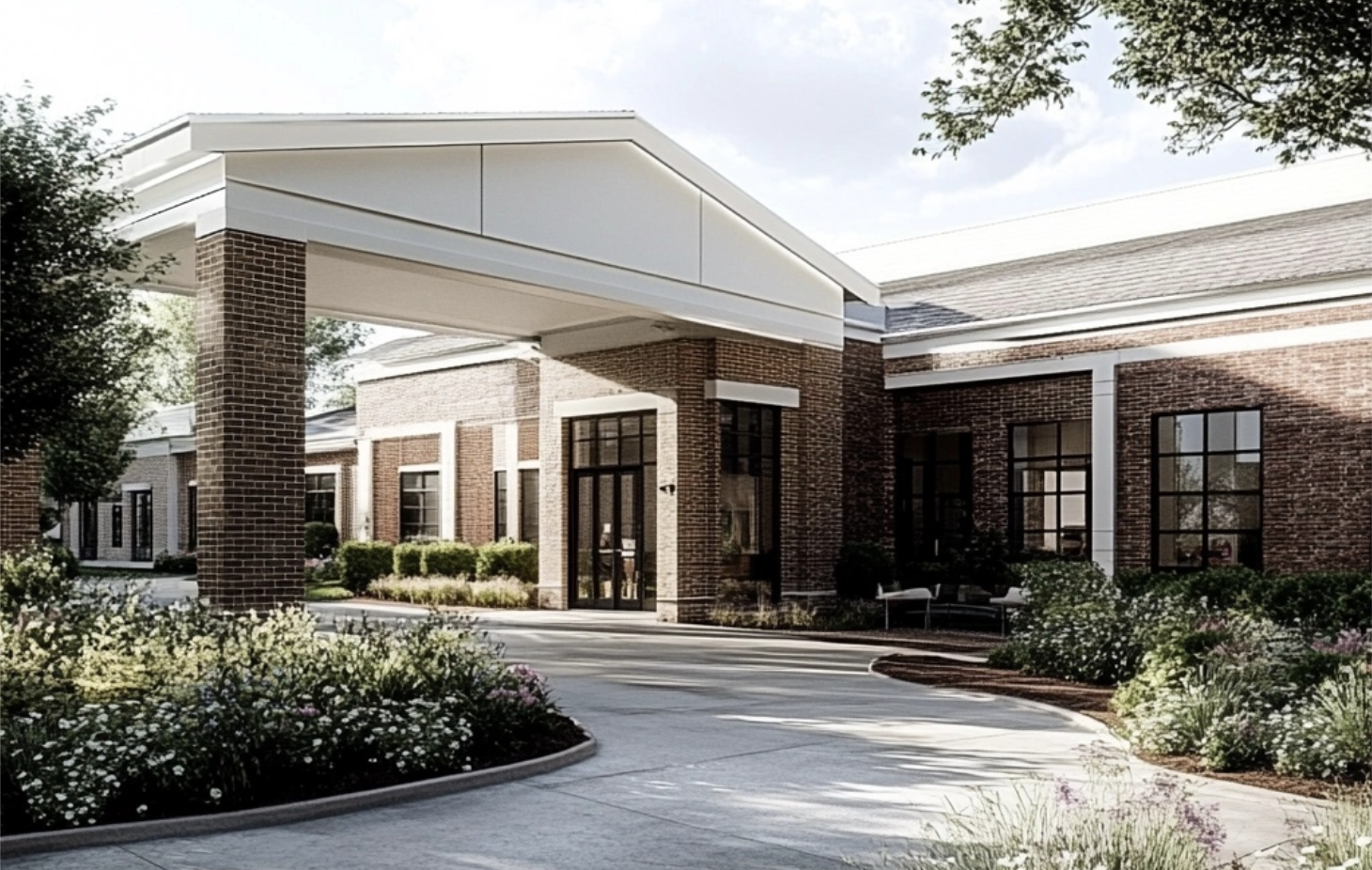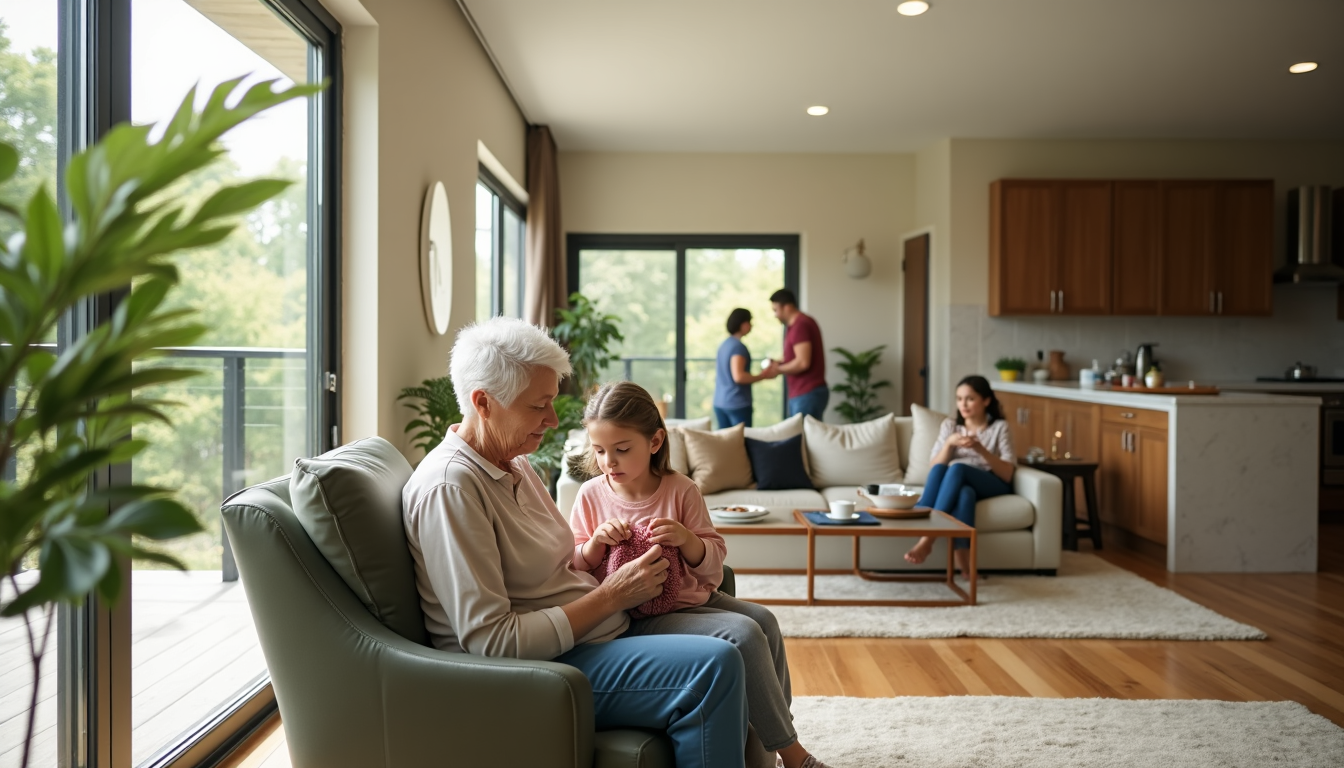Trends, Challenges, and the Road Ahead

As the global population ages, senior care is becoming a significant focus for societies, healthcare professionals, and policymakers. This article explores the evolving landscape of senior care, highlighting key trends, examining existing challenges, and discussing possible solutions backed by intriguing data tables.
1. The Rising Senior Population
The world is experiencing a substantial increase in the senior population. According to the United Nations, the number of people aged 60 years or older is expected to more than double by 2050.
Table 1: Global Senior Population Trends
| Year | Number of People Aged 60 Years or Older (in billions) |
|---|---|
| 2020 | 1 |
| 2030 | 1.4 |
| 2050 | 2.1 |
The increase in the senior population will inevitably demand an expansion in senior care services, pushing for innovative solutions to meet the growing needs.
2. Rising Demand for Home Care Services
Research suggests that many seniors prefer aging in place, i.e., living in their own homes for as long as possible. Consequently, home care services are witnessing an increasing demand.
Table 2: U.S. Home Care Market Size
| Year | Market Size (in billions USD) |
|---|---|
| 2020 | 100.2 |
| 2021 | 104.7 |
| 2022 | 109.5 |
This trend is likely to continue, driving the need for home health aides, technology for remote health monitoring, and home adaptation services.
3. Increasing Healthcare Costs
The cost of healthcare for seniors is a major challenge. Both out-of-pocket costs for seniors and spending by Medicare have been on the rise, making healthcare affordability a critical issue.
Table 3: Average Annual Out-of-pocket Healthcare Costs for Seniors in the U.S.
| Year | Average Cost (in USD) |
|---|---|
| 2020 | 5,460 |
| 2021 | 5,620 |
| 2022 | 5,800 |
Efforts to control healthcare costs while ensuring quality care will be crucial moving forward.
4. Prevalence of Chronic Diseases
Chronic diseases are prevalent among the senior population, requiring long-term care and management. Common conditions include heart disease, diabetes, and dementia.
Table 4: Prevalence of Selected Chronic Conditions Among People Aged 65 and Over in the U.S.
| Condition | Prevalence (%) |
|---|---|
| Heart disease | 26.8 |
| Diabetes | 20.5 |
| Alzheimer’s disease and other dementias | 10.3 |
Managing these conditions requires ongoing care, medication management, and preventive measures, underscoring the need for comprehensive senior care solutions.
Conclusion
As the senior population continues to grow, the demand for senior care is expected to rise. Meeting this demand will necessitate concerted efforts, innovation, and substantial investment in healthcare infrastructure and workforce training. With evolving technology, there are opportunities to improve the quality of life for seniors and provide efficient, personalized care. A proactive approach to these challenges will help societies better care for their aging populations, creating a better future for seniors and their families.












